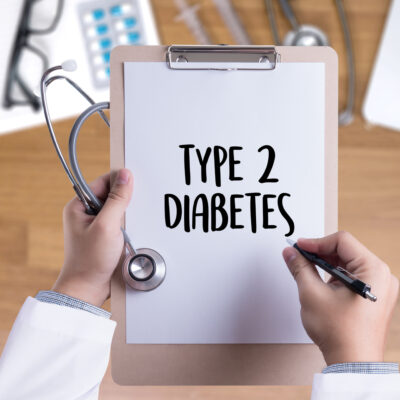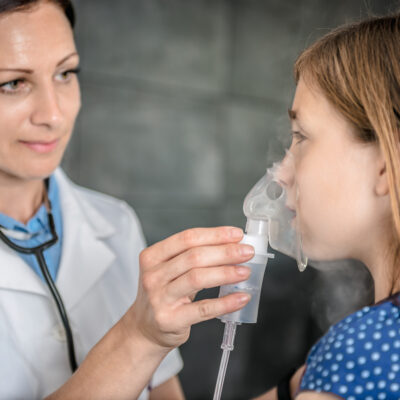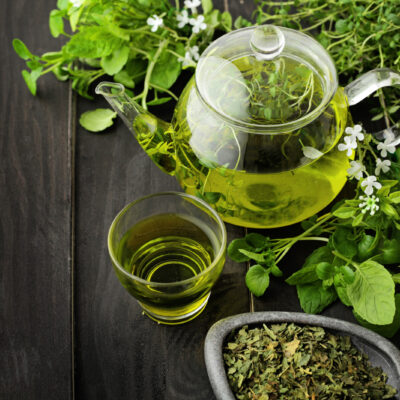
Health
The Different Types of Diabetes
The World Health Organization (WHO) estimates over 422 million diabetics worldwide, and the rates of diagnosis in younger and younger patients in on the rise. Diabetes is characterized as a worldwide health epidemic, which results when the pancreas either cannot produce adequate insulin or when the body is unable to utilize insulin production to safely regulate blood sugar. Diabetes of all types requires immediate management to control hyperglycemia (increased blood sugar) otherwise damage is imminent to several body tissues, organs, systems, nerves and blood vessels. Uncontrolled diabetes can also cause loss of limbs, kidney failure, heart attack, stroke, blindness, and fatality. Here are the most prevalent (i.e., type 2 diabetes) and lesser known types of diabetes: 1. Type I diabetes Type 1 diabetes, or insulin dependant diabetes, is a form of autoimmune disease that impedes the bodily production of insulin for healthy blood glucose. Type 1 diabetes actually prompts the body to attack the insulin producing beta cells within the pancreas, which is why it falls under the autoimmune condition category. While type I diabetes is most often diagnosed in child patients (and referred to as juvenile diabetes for this reason), symptoms have been known to crop up in older patients as well.
Read More 















